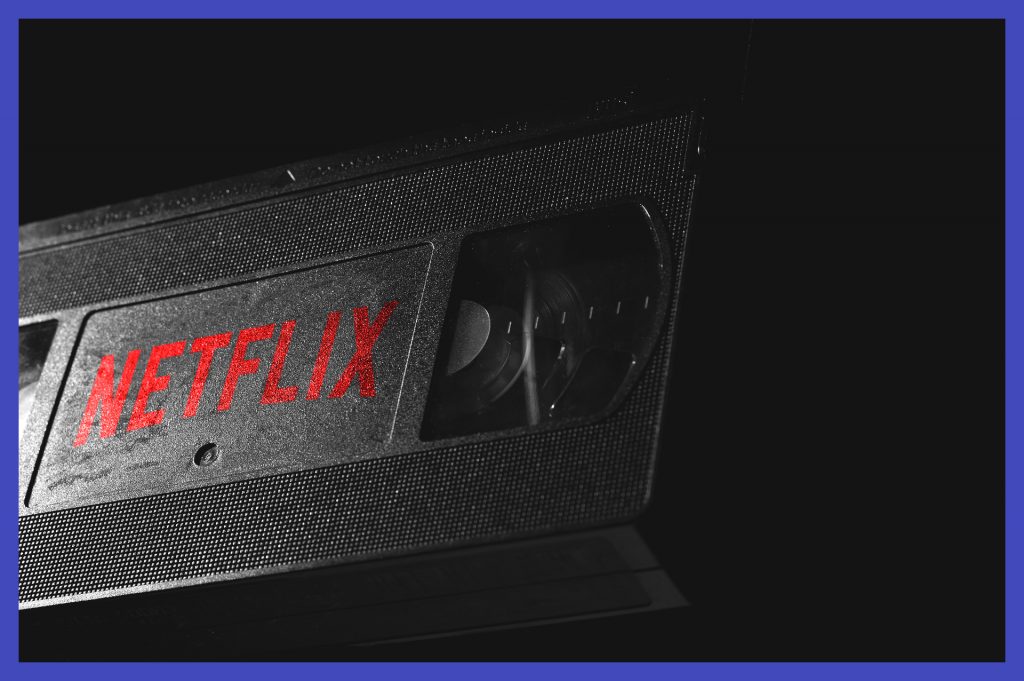Is your company following a true digital transformation strategy?
“To achieve true digital transformation, a company needs to invest in systems that can collect huge data and, more importantly, analyze big data.”
“Digital transformation” is the new buzzword in business. According to a Forbes article, 70% of businesses either have a digital transformation strategy in place or are working on one.
However, not all businesses have an accurate understanding of what digital transformation is. Many CEOs think “digitizing” is digital transformation when what they should be doing is “digitalizing”.
What is the difference between digitalization and digitization?
Digitization is merely the conversion of analog data to digital form. Digitalization, on the other hand, is the process of using digital technologies AND digitized data to advance the way a business is able interact and engage its customers.
In many cases, the improved manner in collecting and analysing data allows business to capitalize on new opportunities, expand on their services and generate more lucrative revenue streams they otherwise may not have known existed. This process allows them to move away from obsolete business models and avoid becoming irrelevant.
So while digitization is an important step towards digital transformation, it is merely an initial step in the process. True digital transformation comes when a company moves towards digitalization.

Examples of digital transformation: Understanding digitalization
Remember the time of video rental stores? If you have no idea what they are, they might have gone extinct by the time you were born. But back in the day, video rental stores were extremely popular. Given that original films are quite expensive, video rentals gave their members access to a huge library of films they can rent for a limited time.
Because it was a lucrative industry, video rental stores simply upgraded the format of their videos. From VHS and Laser Disc, they moved up to DVD, then eventually BD. In a sense, they “digitized” as DVDs and BDs are digital formats of analog technology like VHS and Laser Disc.
But something interesting happened along the way. Internet speeds became faster and faster, allowing people to stream high quality video without the dreaded loading icon. Hence, companies like Netflix took advantage. Instead of offering you physical copies of films to rent, they offered you a streaming service to access movies and series. Now, you no longer need to go to a store and carry physical copies of the films to your home, and having to bring them back to the store. For as long as you’re subscribed, you have access to the entire library and you can play any film at any time.
But not only that, because of the data gathered from viewing patterns of subscribers, Netlfix is able to gather accurate data on the most popular celebrities and genres consumed by their audience. As a result, this data is used to come up with their original movies and series that they know will be a hit based on real-time consumer data. So not only did Netflix become a digitized version of video rental stores, it became a full blown production house of original films and series.
Aside from Netflix, Amazon Prime and Disney have joined the party. HBO Go is another example of digitalization as it transitions from Cable TV to Internet Streaming services. These outfits have the data to conceptualize new shows that will appeal to their audience, which is the reason why most new franchises are born from these companies, the opposite of traditional Hollywood studios that seem content at remaking and milking previously existing IPs.
What does digital transformation in the entertainment industry mean for the consumer: greater convenience, cheaper subscription deals, and far more entertainment options.
In less than a decade, video rental stores went from being a lucrative franchise to a forgotten industry. Their digitization did not match the actual need of consumers that true digitalization uncovered.
Data Solutions and Artificial Intelligence
To achieve true digital transformation, a company needs to invest in systems that can collect huge data and, more importantly, analyze big data. Artificial Intelligence solutions have proven to be extremely fast and reliable when it comes to data collection and processing. It is not surprising that the worlds’s biggest companies are all heavy on artificial intelligence software. Companies like Google, Amazon and Facebook come to mind.
Granted, these are giant companies that have resources to afford R&D spending to develop A.I. solutions. What about smaller companies with limited resources and capital?
The good news is that A.I. solutions are becoming more affordable, thanks to more data scientists and A.I. experts entering the field. A decade ago, these solutions may have been out of reach for everyone but the 1%. Now A.I. solutions have become far more accessible even to smaller companies.
Unfortunately, the accessibility of these systems are geared more towards developed nations. Emerging markets do not have the same access to ground-breaking tech. Microsoft’s country general manager, Andrés Ortola, once mentioned that in the Philippines, 45 companies have an artificial intelligence strategy in place. However, only 10% of these companies have their strategies in motion.
So while A.I. solutions are becoming more accessible, the opportunity to access these technologies are not equally available around the world and companies from frontier and emerging markets are at great risk of falling behind.
The challenge, therefore, is how to create A.I. solutions for these markets where they lack qualified data scientists and experts.
Like any problem, there is a solution waiting to be uncovered. And it is my goal to discover this solution.
